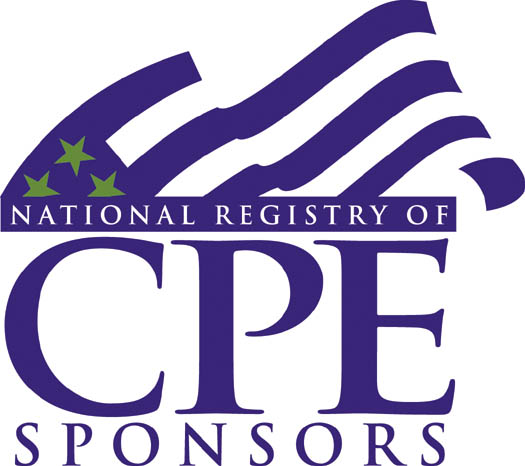Accounting
AICPA and NASBA Propose Changes to CPE Provider Standards
The Standards Exposure Draft was initially open for comment April 2015-October 2015. The 2015 comment period resulted in a total of fifty-one (51) comment letters received from sources including CPE providers, licensed practitioners, CPA Firms, State ...
Feb. 12, 2016

The National Association of State Boards of Accountancy (NASBA) and the American Institute of CPAs (AICPA) today re-issue their Exposure Draft on the proposed revisions to the Statement on Standards for Continuing Professional Education (CPE) Programs (Standards) for public comment. Published jointly by NASBA and the AICPA, the Standards provide a framework for the development, presentation, measurement and reporting of CPE programs.
The Standards Exposure Draft was initially open for comment April 2015-October 2015. The 2015 comment period resulted in a total of fifty-one (51) comment letters received from sources including CPE providers, licensed practitioners, CPA Firms, State Boards of Accountancy, and State CPA Societies. The areas receiving the most significant comment included the proposed addition of two new instructional delivery methods for CPE; nano-learning and blended learning. Additional stakeholder comments addressed program evaluations, CPE credit for technical reviewers, purchasing content from other entities, application of the word count formula in determining the CPE credit for self-study and changes to the terminology of group internet-based program.
“We appreciate those individuals and organizations that took the time to provide their comments to the initial Exposure Draft and for the hard work of the CPE Committee and CPE Working Group in reviewing and addressing those comments,” said Maria Caldwell, Esq., NASBA’s chief legal officer and director of compliance services. “The new nano-learning and blended learning delivery methods remain a part of the re-exposure draft and will help address the need for learning that is more personalized and on demand. We believe the revisions to the Standards have been enhanced by the most recent round of changes and will help keep CPE relevant and meaningful to CPAs,” Caldwell continued.
All submitted comments were first vetted by the CPE Standards Working Group in November 2015. In December 2015, the Working Group submitted its recommendation to NASBA’s CPE Committee for consideration. The recommendation was approved by the CPE Committee with minor revisions and was moved to the Joint AICPA/NASBA CPE Standards Committee where it was approved with one revision in early January 2016. Due to the significance of the areas of comment, the final recommendation was submitted to request approval for re-exposure of the proposed revisions to the Standards. The re-issuance was approved by the NASBA and AICPA Boards of Directors during their respective January 2016 meetings.
“These proposed revisions to CPE standards take advantage of a range of available learning options and provide CPAs greater opportunities and increased flexibility in their professional education. This revised Exposure Draft makes clear that all CPE, regardless of delivery method, will continue to be held to a rigorous standard,” said Clar Rosso, AICPA vice president of member learning and competency. “Feedback from our stakeholders plays a valuable role in the CPE standards process and we encourage all interested parties to review the updated Exposure Draft and submit their comments.”
